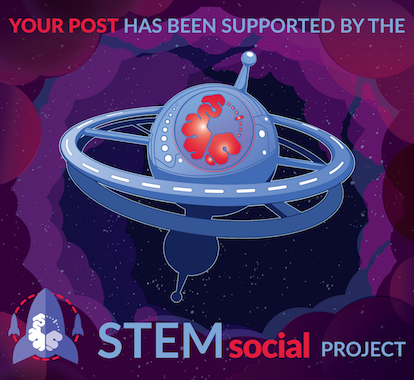There is no doubt that I love meat and I wish to have one each day but the sacrifice that comes with raising meat for large consumption is enough to get me worried. To begin, there is always a large deforestation in other to keep them in a ranch, biodiversity loss, and not forgetting global warming.
In other not to be the specie destroying the ecosystem, we have developed other meatless meats from pea, wheat, and peas. These plant based meat alternatives has been said to be indistinguishable from the regular meat that we know but for others they do not believe in this as it is believed that the flavor, texture, and the nutritional contents of these alternatives are no where near meat. So scientists are looking to meet these three things to give us the meaty alternative that taste, feels, and have the same nutritional value like the real deal.
The cost of getting that red meat to your table is a lot and not limited to land, deforestation, and greenhouse gases, moreover red meat has been associated with cardiovascular diseases and other health related issues. Researchers have found promising options that will make Plant Based Meat Alternative meet the three checks but as you would expect, they might not be perfect for now but there are a lot of work going on to make them perfect. Scientists ensure that whatever will be brought as a alternative passes these criteria "Appearance, texture, Flavor, and Nutrition, as it is with this that we can have a meat similar alternative.
A lot of PBMA require a lot of additives to make them taste meaty and for someone like me, it is a big No seeing a lot of additive on the ingredient list. This was why I didn't buy an Indomie product recently that had Soy as its meat alternative. So in other to allow people like myself get a good taste of meat from what isn't meat itself. So let's see the ingredient options that can give us the meaty feel, taste, and nutrients.
Scientists looked at algae as an alternative, focusing on seaweed and chlorella which are good vitamin sources and are made of polysacharides which are important in giving the meaty, juicy, and mouth-fill flavor. Extraction of the required stuff from an algae will give the PBMA the meat feeling that should be in meat. Growing algae isn't a big deal as it can bee grown on both fresh and salt water, but its shelf-life is a hindrance to using it in PBMAs but scientists are looking into freeze drying to get it to last longer. Also, algae like seaweed still has that ocean taste which researchers are working on, so the algae method meets with texture, scalability, nutrition, but not flavor.
The use of pulses is another option to serve as an additive to PBMAs for different reasons such as water retention, and meat juiciness in Mung Beans while Lentils mimics meat texture. These ingredient options have both nutritional and anti-nutritional factors which makes protein difficult to digest but with heat, the anti-nutritional factors can be deactivated making it easier to digest protein. For this to become a part of our PBMA, scientists have to look at nutrition and taste properly because it still gives the beans taste.
Scientists are looking into Oil seeds for their ingredient in PBMAs. When crushed, the oil seed meal which is very high in protein, have high inflammatory properties, and are easily digested. These seeds give the nutrition although not all oil seeds, but they are not completely meaty but scientists are working on it just as the impossible burger uses soy nodules to give the iron taste that is found when churning on beef.
With all these alternative ingredients, scientists have been working to solve the problem of allergies. There have been a lot of work to reduce the allergens in the PBMA ingredients, getting a zero allergenic alternative would be the best. To solve this, scientists are looking into plant leaves and the RuBisCO protein to clear out the allergen problem.
Reference
https://www.nature.com/articles/s41586-018-0594-0
https://www.nature.com/articles/s41538-024-00292-9
https://www.sciencedirect.com/science/article/pii/S0963996920303665
https://www.nature.com/articles/s41893-020-00603-4
https://www.sciencedirect.com/science/article/pii/S266615432300409X
https://ifst.onlinelibrary.wiley.com/doi/10.1111/ijfs.15631
https://www.sciencedirect.com/science/article/abs/pii/S0308814618308409
https://www.sciencedirect.com/science/article/pii/S2772753X22000806
https://pmc.ncbi.nlm.nih.gov/articles/PMC7071054/
https://www.sciencedirect.com/science/article/pii/S0308814623006106
https://www.sciencedirect.com/science/article/pii/S2666833521000137
https://pmc.ncbi.nlm.nih.gov/articles/PMC6994964/




